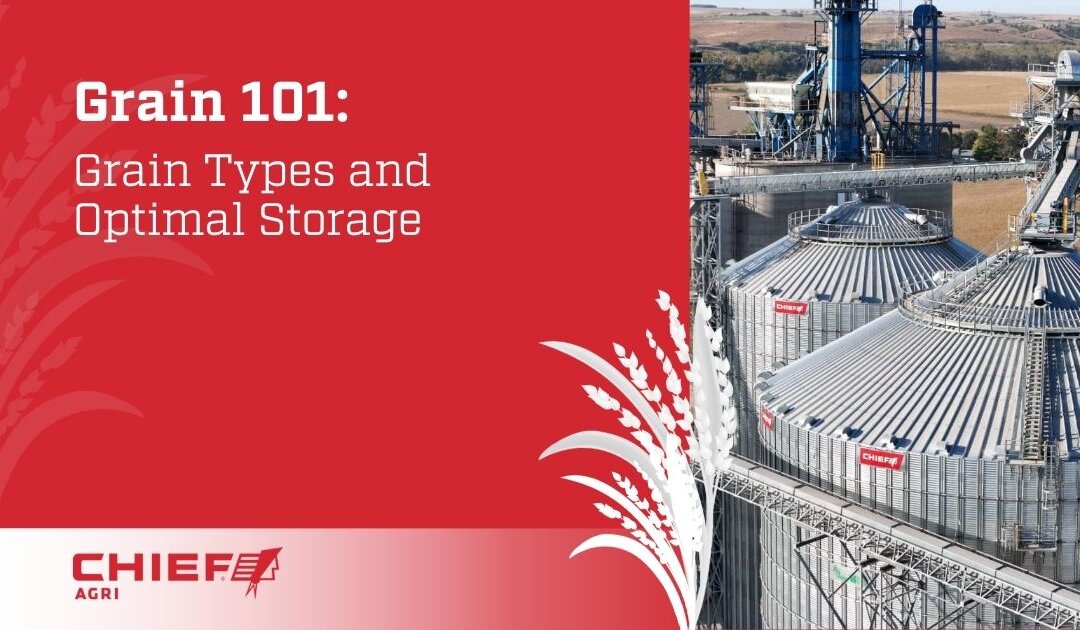How to Store Different Types of Grain
From the familiar wheat in our bread to the versatile rice on our plates and the ancient goodness of quinoa, the world of grain types is incredibly diverse. Ensuring these vital staples remain fresh, nutritious, and free from spoilage requires knowledge of proper storage conditions tailored to each specific type of grain.
At Chief Agri, we’ve been leaders in grain handling and storage solutions for over 60 years, and we know that high-quality grain storage is essential for grower success. We’ll discuss grain types, the optimal storage they require, and best practices for storing grain to maintain the quality, nutritional value, and longevity of your valuable harvests.
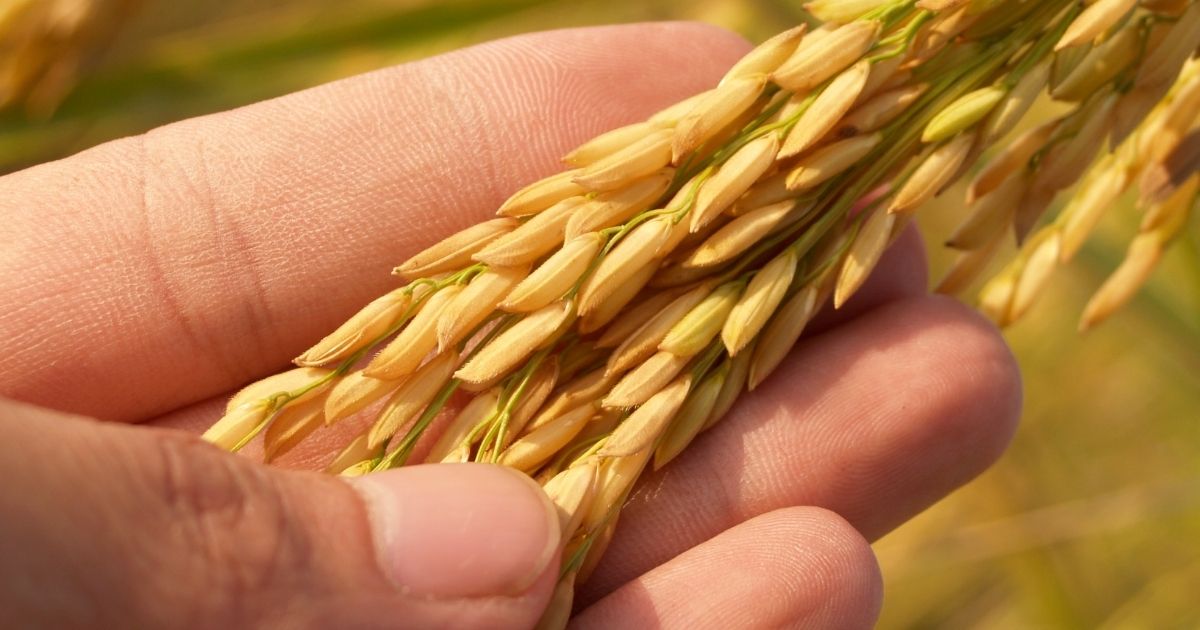
Common Types of Grain
The agricultural and commercial understanding of “grain” covers a range of crops, including some you might not think of as grains. The criteria for being categorized as a grain are based on botanical origin (true grains), culinary and commercial use being similar to grains, or agricultural practices in how they’re cultivated, harvested, stored, and traded that are similar to grain crops.
Let’s take a closer look at the most common types of grains that are grown today.
Cereal Grains
Cereal grains are the edible seeds of cultivated grasses, forming a cornerstone of the global agricultural industry and human diet. Worldwide, these crops account for the majority of global grain production. Cereal grain types include:
- Wheat
- Rice
- Corn (Maize)
- Barley
- Oats
- Rye
- Sorghum
- Millet
- Triticale
- Spelt
- Farro
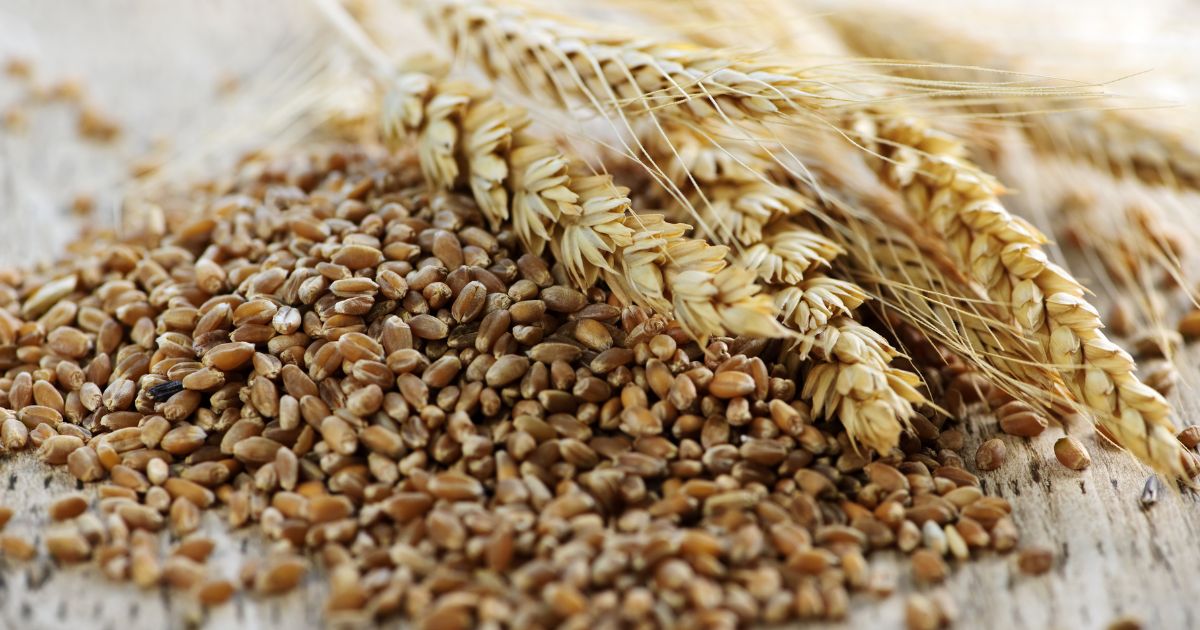
Pseudocereals:
Pseudocereals are seeds from broadleaf plants rather than grasses. These are not botanically true grains but are used and consumed in a similar way to cereals. These grain types include:
- Quinoa
- Buckwheat
- Amaranth
- Kañiwa (Cañahua)
Legumes Used as Grains:
While botanically different, the dried seeds of legumes are similar to grains in terms of their role in the diet and storage considerations. Legumes are often grouped with grains in agricultural contexts. Examples of these include:
- Chickpeas
- Lentils
- Dry beans
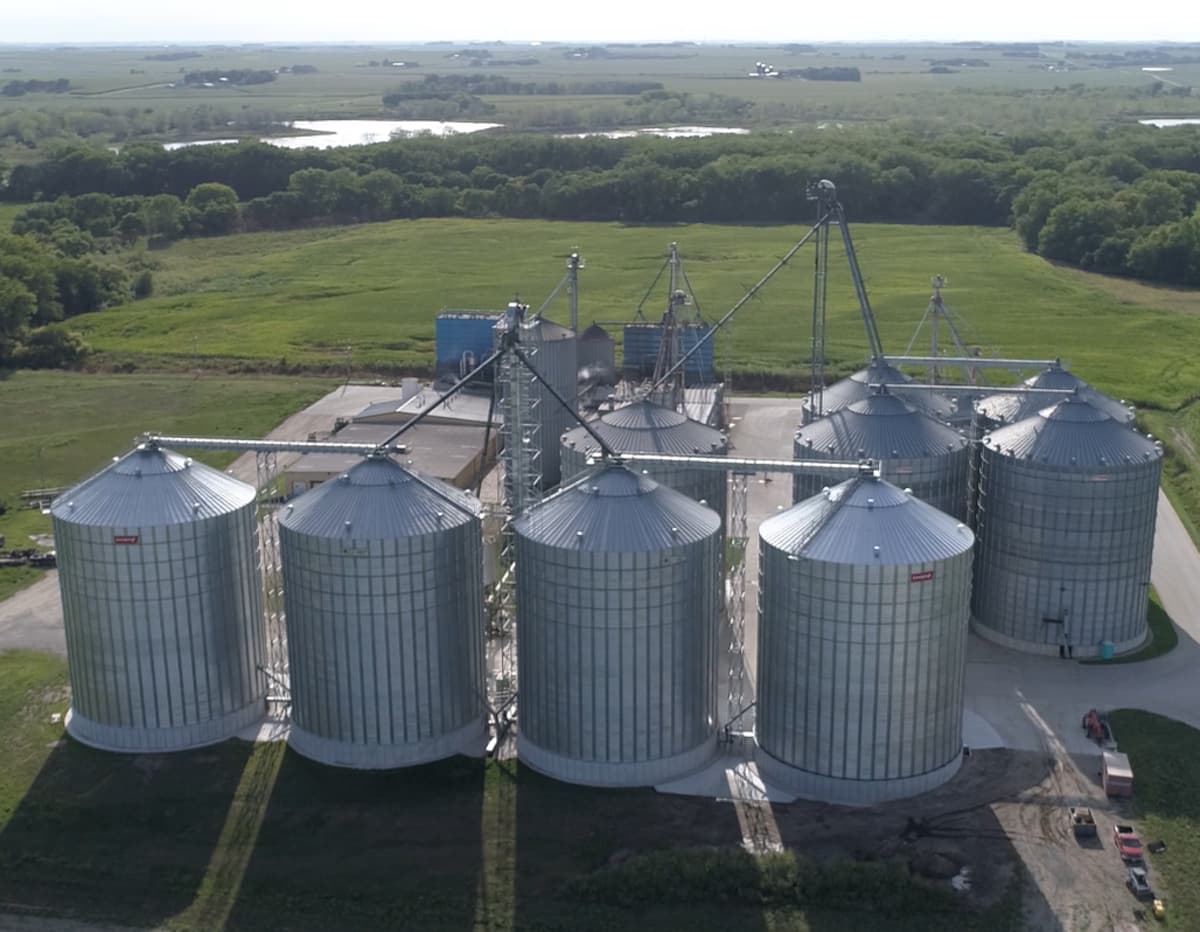
Optimal Grain Storage Recommendations
As experts in agricultural solutions, Chief Agri understands the importance of optimal grain storage methods for protecting economic viability and ensuring food security. The purpose of a grain storage system is to safeguard the grain’s quality, nutritional value, and safety. By controlling factors like moisture, temperature, pests, and oxygen, effective storage aims to prevent significant losses from spoilage, contamination, and nutrient degradation.
Storage Recommendations by Grain Type
Different types of grain may have slightly different optimal grain storage requirements regarding humidity, temperature, and exposure to sunlight. Here are the ideal storage conditions for the most popular grain types in the agricultural industry.
Wheat Storage
- Store at moisture levels of 14% or lower for periods of less than six months, and 13.5% or lower for long-term storage (over nine months).
- Store at temperatures between 40-60°F (4-15°C) to prevent mold growth and insect infestation.
- Store in clean, dry facilities such as silos, bins, or bags.
- Ensure proper aeration to maintain humidity and temperature conditions.

Rice Storage
- Store in cool, dry conditions with moisture levels below 13% to prevent rancidity, mold growth, and insect infestation.
- Store white rice at temperatures below 70°F (21°C) and brown rice at temperatures below 40°F (4°C).
- Store in clean, dry facilities such as silos, bins, or airtight containers.
- Ensure proper aeration to maintain humidity and temperature conditions.
Corn
- Dry to a moisture content of 15% or lower for long-term storage.
- Adequate ventilation is crucial to prevent fungal growth and the development of mycotoxins.
- Store in clean, dry facilities such as silos, bins, or flat storage.
- Ensure proper aeration to maintain humidity and temperature conditions.
Oats
- Store at moisture levels below 12.5% to prevent mold and fungal growth.
- Store at temperatures below 60°F (15°C).
- Store in clean, dry facilities such as silos, bins, or containers.
- Ensure proper aeration to maintain humidity and temperature conditions and prevent hot spots.

Barley
- Store in cool, dry conditions with moisture levels below 13%.
- Store at temperatures below 60°F (15°C)
- Store in clean, dry facilities such as silos, bins, or containers.
- Ensure proper aeration to maintain humidity and temperature conditions and to prevent hot spots and condensation.
- Store away from direct sunlight.
Sorghum
- Store in cool, dry conditions with moisture levels below 13%.
- Store at temperatures below 60°F (15°C)
- Store in clean, dry facilities such as silos or bins.
- Ensure proper aeration to maintain humidity and temperature conditions.
Millet
- Store in cool, dry conditions with moisture levels below 12%.
- Store at temperatures below 70°F (21°C)
- Store in clean, dry facilities such as silos, bins, or tightly sealed bags.
- Ensure proper aeration to maintain humidity and temperature conditions.

Quinoa
- Store in cool, dry conditions with moisture levels below 12%.
- Store at temperatures below 75°F (24°C)
- Store in clean, dry facilities such as silos, bins, or airtight containers.
- Ensure proper aeration to maintain humidity and temperature conditions.
- Store in a dark location to prevent light-induced degradation.
Chickpeas
- Store in cool, dry conditions with moisture levels of 10-12% or less.
- Store at temperatures below 75°F (24°C)
- Store in clean, dry facilities such as silos, bins, or airtight containers.
- Ensure proper aeration to maintain low-humidity conditions.
Lentils
- Store in cool, dry conditions with moisture levels below 14% (13% for red lentils).
- Store at temperatures below 59°F (15°C) for long-term storage.
- Store in clean, dry facilities such as silos, bins, or airtight containers.
- Ensure proper aeration to maintain humidity and temperature conditions.
- Store in a dark location to prevent discoloration.
Dried Beans
- Store in cool, dry conditions with moisture levels of 16-18% or less.
- Store at temperatures below 60°F (15°C) for long-term storage.
- Store in clean, dry facilities such as silos, bins, or airtight containers.
- Ensure proper aeration to maintain humidity and temperature conditions.
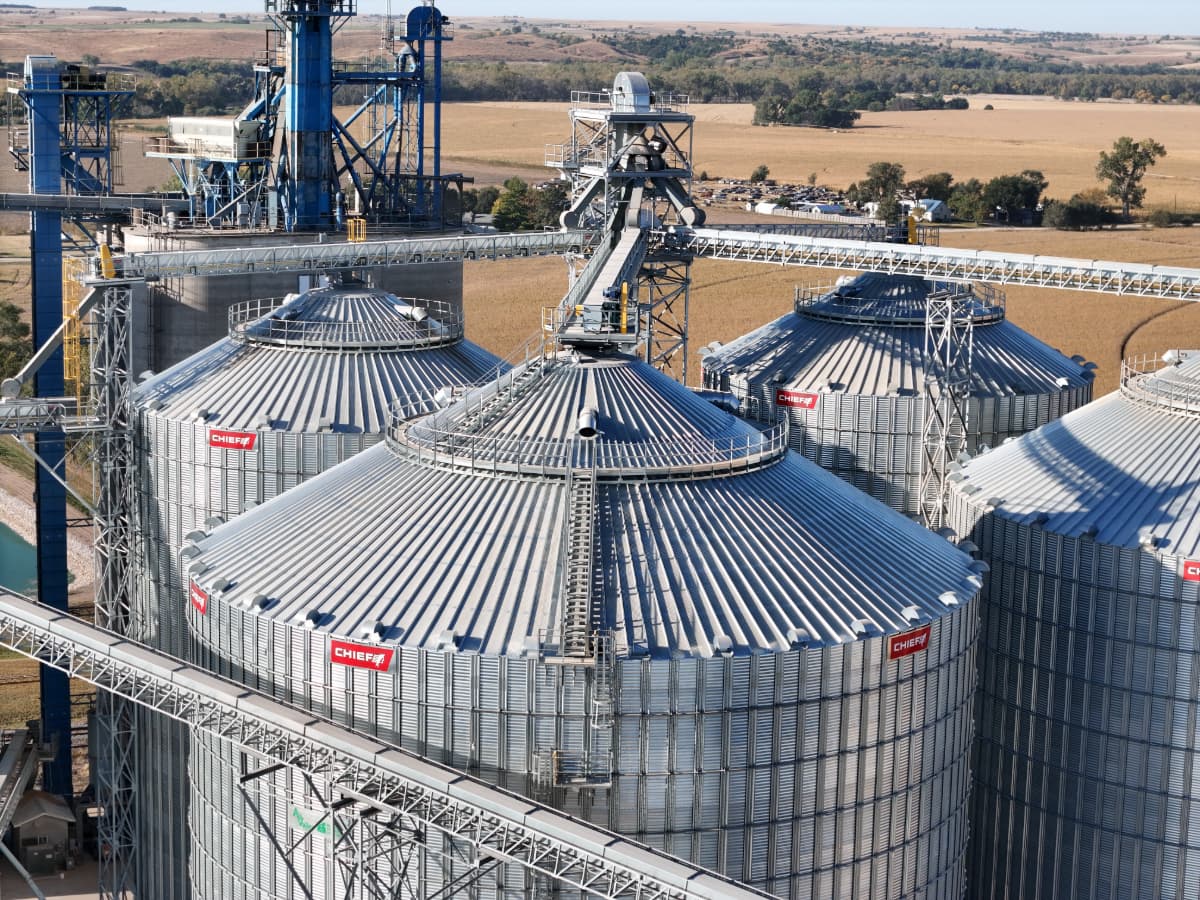
Best Practices for Storing Grain
Besides knowing the humidity and temperature parameters for your specific grain type, there are best practices for overall grain storage. Implementing the following into your grain handling and storage processes will significantly preserve the quality and extend the longevity of your valuable harvests.
Clean and Prepare Storage Facilities
Thoroughly clean storage areas before introducing new grain to remove any residual grain, dust, or pests. Repair any structural damage that could allow pests to enter or moisture to infiltrate.
Control Moisture in Storage Methods
Monitor grain moisture content regularly using moisture meters. Implement aeration systems to circulate air and prevent moisture from building up. Dry the grain to the recommended moisture level before storage.
Use Pest Management Techniques for Stored Grains
Use integrated pest management (IPM) by preventing pests through sealing, screens, and sanitation. Monitor with traps for early detection and apply appropriate controls, such as fumigation or insecticides, when needed.
Ensure Proper Ventilation in Grain Storage
Adequate ventilation helps to regulate temperature and moisture levels within the storage facility, preventing the development of hot spots and condensation that can lead to spoilage.
Monitor and Inspect Stored Grain
Regularly inspect grain for signs of spoilage, pest activity, and temperature fluctuations. Maintain storage structures to ensure their integrity and effectiveness.

Chief Agri: The Right Storage for Your Grain
Understanding the various grain types and implementing effective grain storage practices are essential for ensuring a sustainable and high-quality food supply and safeguarding against harvest loss and degradation. Knowing the specific storage requirements your grain needs means making informed decisions about your storage system.
Chief Agri is committed to providing innovative grain handling and storage solutions that help you protect your valuable harvests and ensure their quality from field to table. Backed by the Chief name, we’re trusted leaders in high-quality grain storage products.
Contact us to learn more about customizable Chief Agri solutions to help your business protect harvests, streamline processes, and maximize profits.

